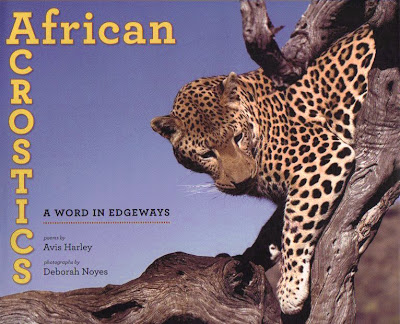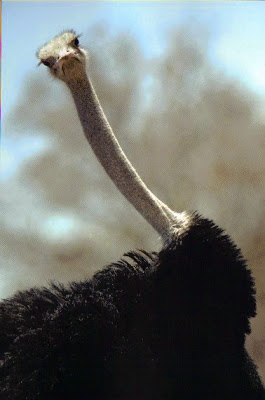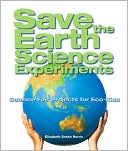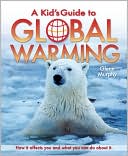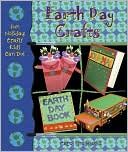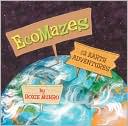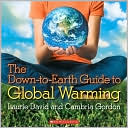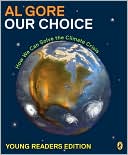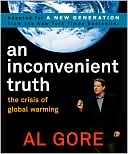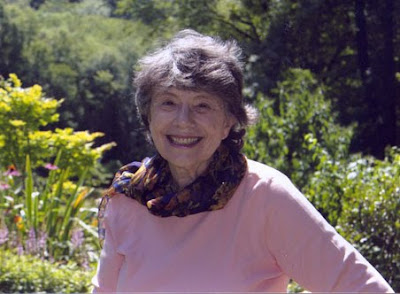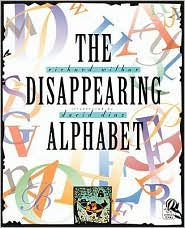I will be the gladdest thing
Under the sun!
I will touch a hundred flowers
and not pick one.
I will look at cliffs and clouds
with quiet eyes,
Watch the wind blow down the grass,
and the grass rise.
And when the lights begin to show
up from the town,
I will mark which must be mine,
and then start down!
-Edna St Vincent Millay
(Imagine your own view from a hill!)
